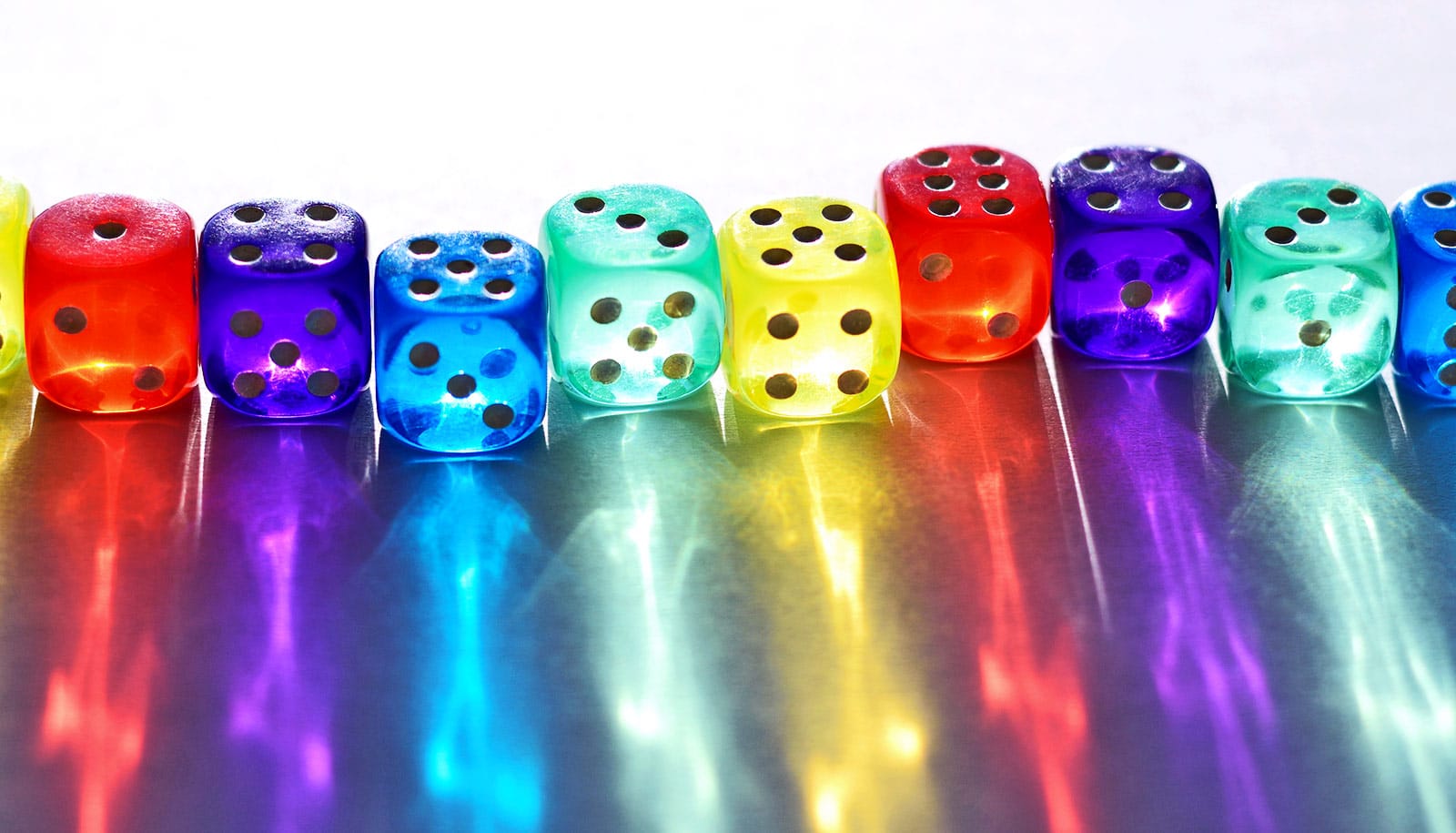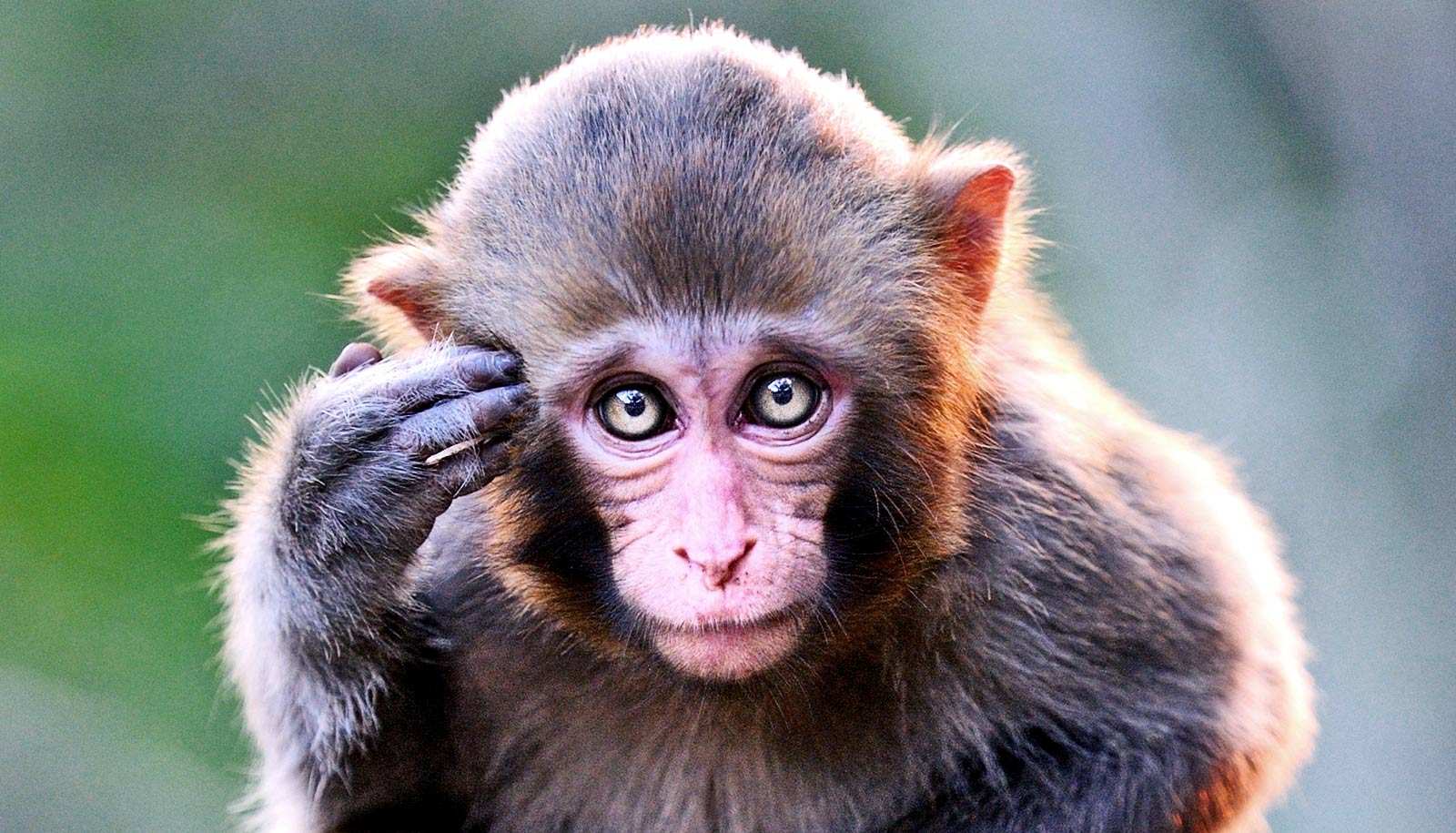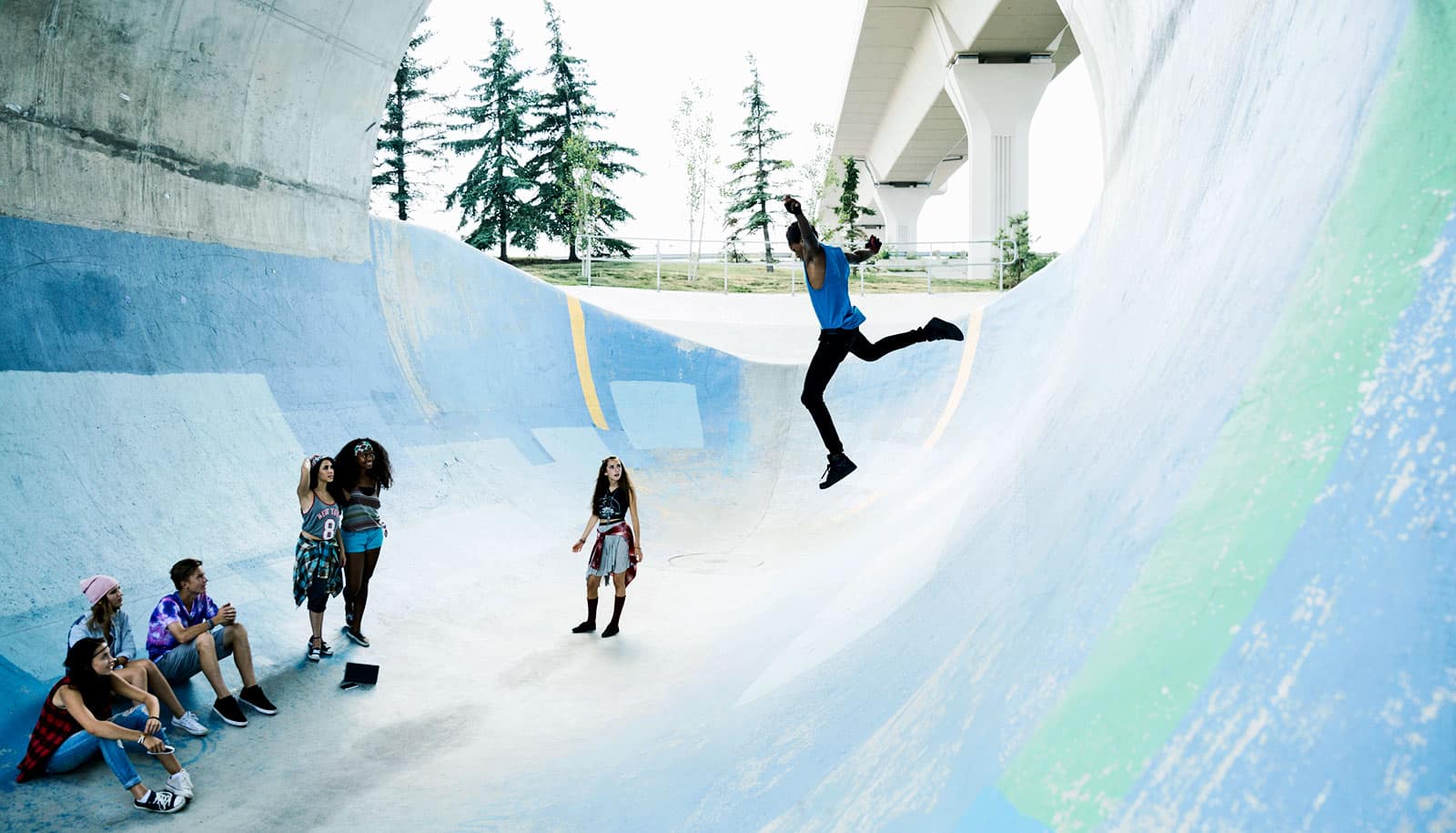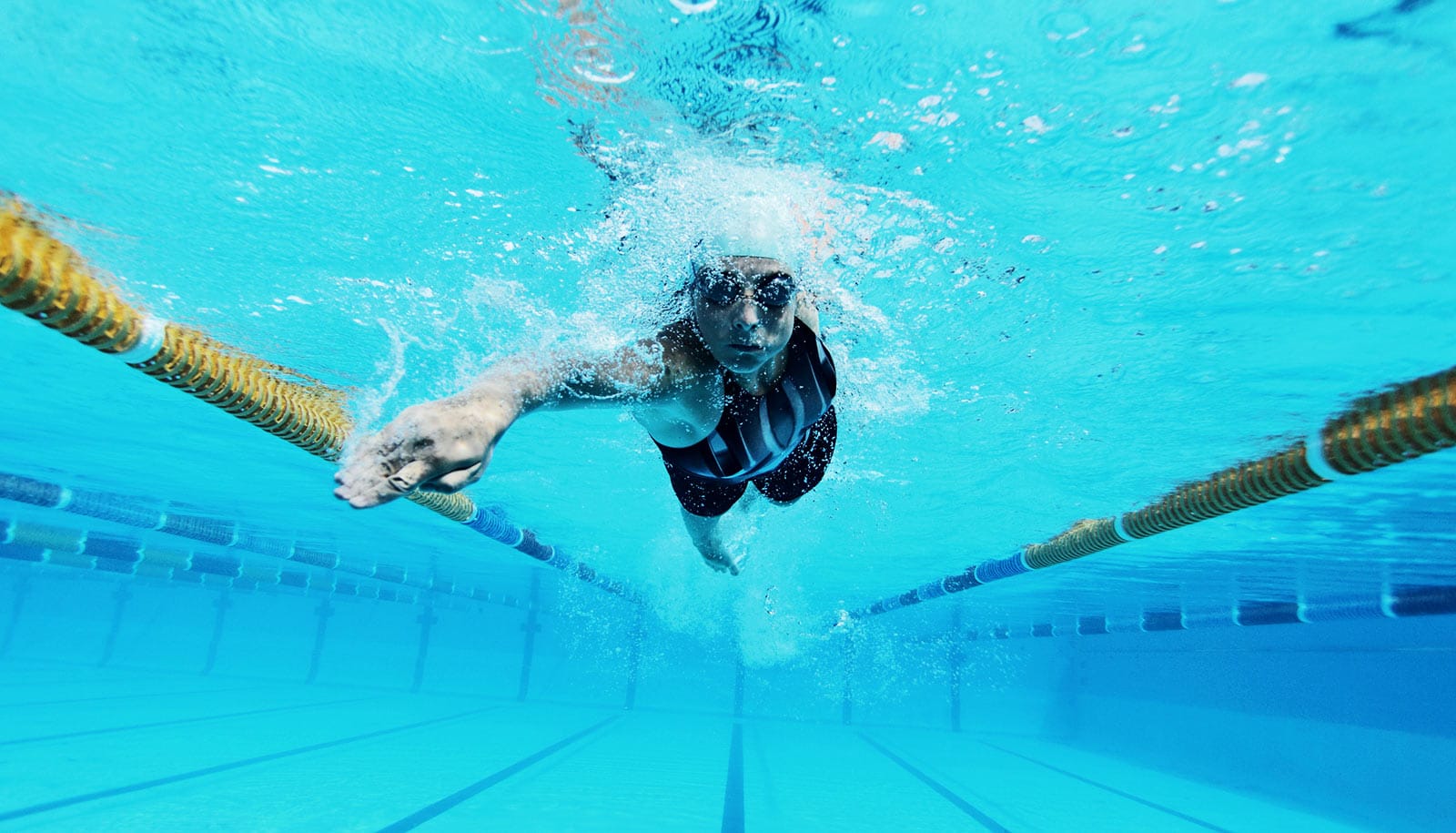Our most recent run of luck influences our high-risk choices at the poker table or in our everyday lives, a new study suggests.
The decision to “up the ante” even against long odds, or to be conservative, can result from an internal predisposition that those recent results form, the researchers report. That predisposition involves a “push-pull” dynamic between the brain’s two hemispheres, the team says.
“What we learned is that there is a bias that develops over time that may make people view risk differently,” says senior author Sridevi Sarma, a professor at the Whiting School of Engineering at Johns Hopkins University.
Insights from the research have the potential to shed light on how soldiers in high-risk combat situations make decisions and to facilitate more effective brain training to change or “rewire” long-term behavior or habits, the researchers suggest.
Risky business
Sarma’s group sought to understand why people tend to take risks even when the odds are against them or avoid risk even when the odds are favorable. They asked patients at the Cleveland Clinic’s Epilepsy Monitoring Unit to play a simple card game involving risk.
The patients had multiple deep-seated electrodes implanted in their brains; the implantation allowed doctors to locate the source of seizures for future surgical treatment. Each electrode had 10 to 16 channels that recorded voltage signals from neurons surrounding it. The electrodes also allowed Sarma and her team an intimate look at the patients’ brains in real time, as they made decisions while gambling against a computer in a card game.
The game was simple: The computer had an infinite deck of cards with only five different values: 2, 4, 6, 8, and 10. Each value card was equally likely to be dealt in any round. Following every round, the cards went back into the deck, leaving odds unchanged.
“…the players are accumulating all the past card values and all the past outcomes, but with a fading memory…”
Participants were shown two cards on a computer screen, one faceup and the other facedown. (The faceup card was the player’s, and the facedown card was the computer’s.) Participants were asked to bet low ($5) or high ($20) that their card had a higher value than the computer’s facedown one.
When dealt a 2, 4, 8, or 10, participants bet quickly and instinctively, the research team found. When dealt a 6, however, they wavered and were nudged into betting higher or lower depending on their bias—even though the chances of picking a higher or lower card were the same as before.
In other words, participants’ betting behavior was based on how they fared on past bets even though those results had no bearing on the outcome of the new bets.
Push and pull
Examining neural signals recorded during the game, Sarma’s team found a predominance of high-frequency gamma brain waves. They were even able to localize these signals to particular structures in the brain. It turns out that these regions—excluding any implicated in drug-resistant epilepsy—were associated positively or negatively with risk-taking behavior.
“When your right brain has high-frequency activity and you get a gamble, you’re pushed to take more of a risk,” says postdoctoral fellow Pierre Sacré. “But if the left side has high-frequency activity, it’s pulling you away from taking a risk. We call this a push-pull system.”
To assess that internal bias, the researchers developed a mathematical equation to calculate each patient’s bias using only his or her past wagers.
“We found that if you actually solve for what this looks like over time, the players are accumulating all the past card values and all the past outcomes, but with a fading memory,” Sarma says. “In other words, what happened most recently weighs on a person more than older events do. This means that based on the history of a participant’s bets, we can predict how that person is feeling as they gamble.”
The findings appear in the Proceedings of the National Academy of Sciences. Additional study coauthors are from Johns Hopkins, the Cleveland Clinic, Boston University, and Emory University. The National Science Foundation and the Kavli Neuroscience Discovery Institute at Johns Hopkins paid for the study.
Source: Johns Hopkins University



